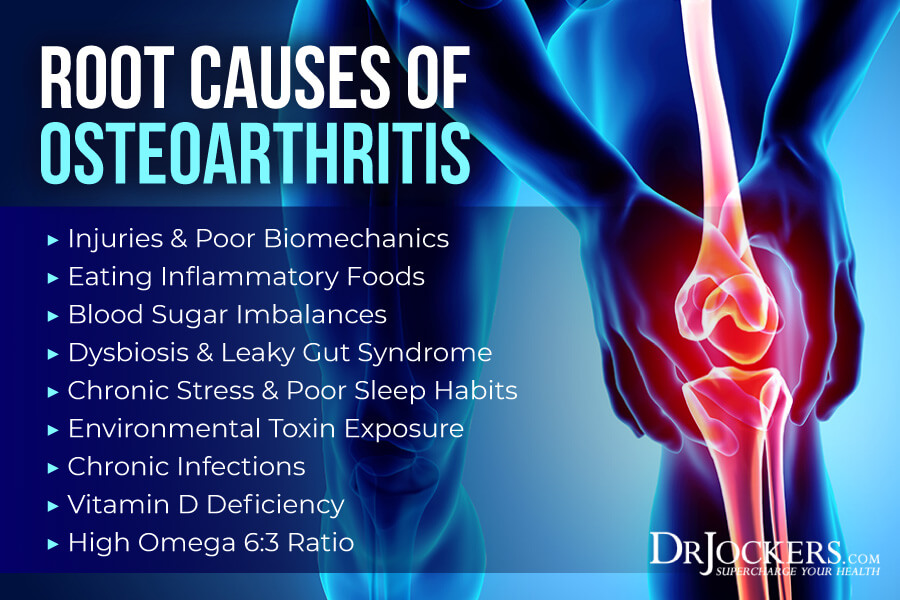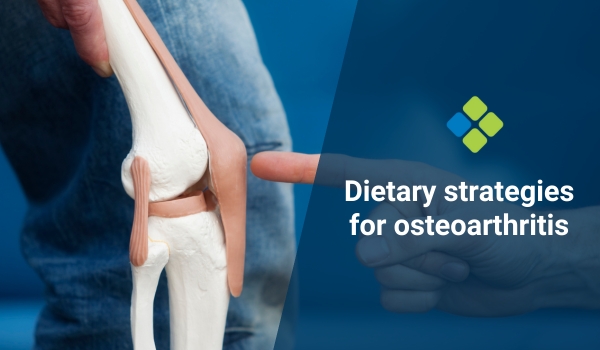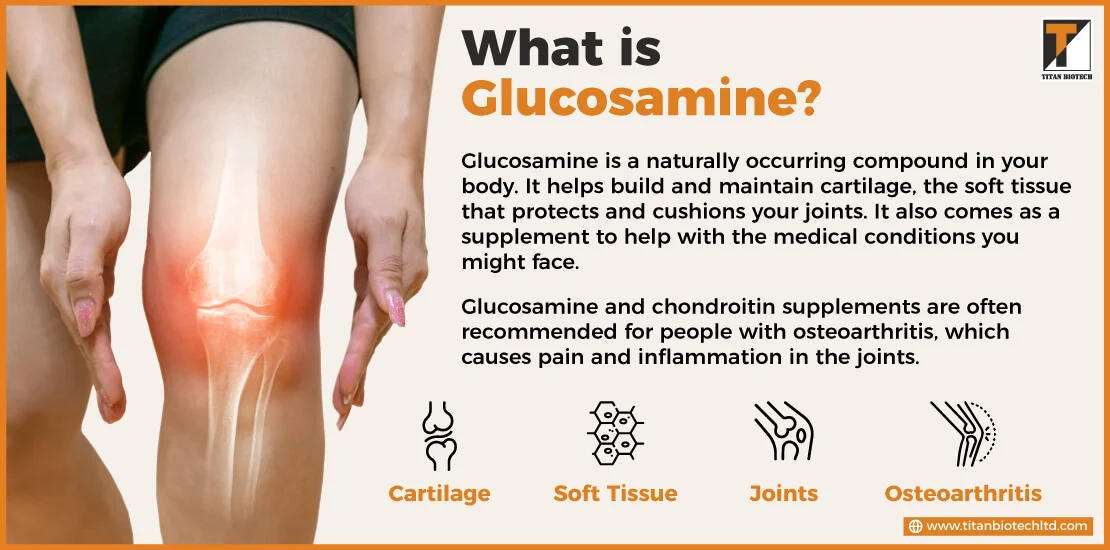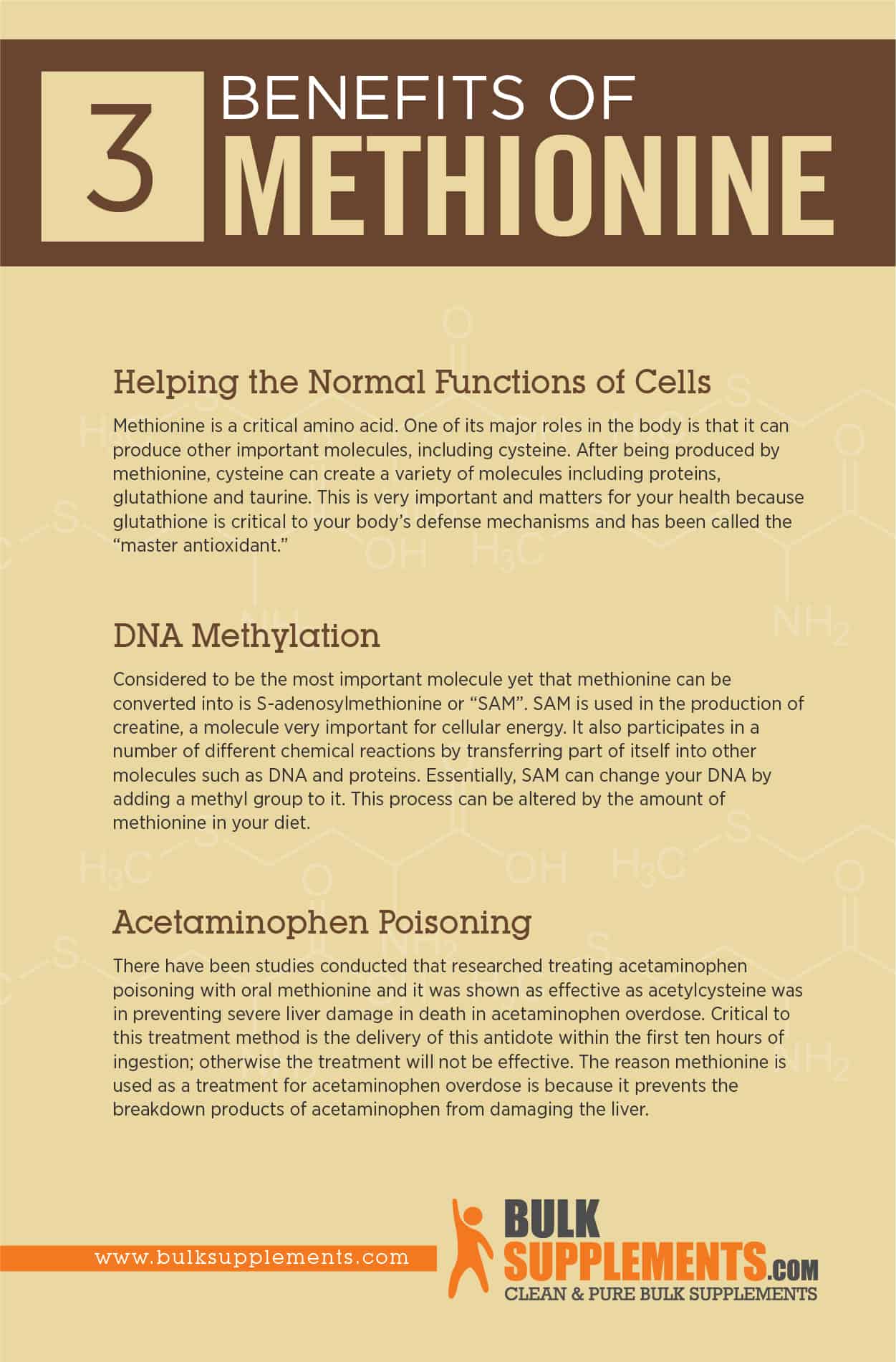

Interestingly, OA is also being observed in younger populations; said condition is often associated with sport and sport-related injuries especially within the knee.1(1) Chondral (cartilage) lesions and OA are among the most prevalent causes of knee OA, pain, and performance losses.1(1) Altamura et al1(1) suggested that incidence of OA among athletes is higher compared to the general population and is likely due to the nearly continuous cartilage compression/use during heavy physical activity; such an environment causes premature cartilage degeneration and damage to the underlying chondral bone.1(1) Continued use eventually induces an inflammatory cascade of catabolic and proinflammatory factors exacerbating of said condition.1(1) Thus, detection of risk factors and management of OA is critical.
SUMMARY
OA is occurring at a higher rate in athletes than normal populations
Continued impacts of joint surfaces drives inflammation, which worsens condition

A higher likelihood of developing OA occurs when individuals have the following contributing factors: obesity, traumatic injury (i.e., strains and sprains), joint malalignment (i.e., muscle/ligament/tendon weakness), genetic predisposition, aging, and nutritional factors.2 Of particular interest, and within the scope of this author’s post, is the effect of nutrition upon management of OA. As mentioned in the previous section, inflammatory mediators are a central impetus behind OA and the pathogenic driver underlying said arthritic condition.2(682) Such inflammatory mediators include cyclooxygenase-2 (COX-2), lipooxygenase-5 (5-LOX), 5-lipooxygenase activating protein (FLAP), interleukin 1 alpha (IL-1α), tumor necrosis factor alpha (TNF-α).2(682) Intriguingly, arthritic cartilage/chondrocytes (cartilage cells) express said cytokines that healthy cartilage does not.2(682)
SUMMARY
OA risk increases in the presence of: obesity, injury, poor joint positions, genetics, aging, and poor nutrition. Regeneration of cartilage and control of inflammation are central interventions in management and support of OA.2(682) Cartilage is composed of chondrocytes, collagen, polysaccharides (glycosaminoglycans, or GAGs), and proteoglycans (GAGs attached to proteins) which provide shock absorption, smooth articulation, and joint stability. Loss or degradation of these components eventually worsens OA and disability. However, Kohlstadt2(682) indicated that substantial research and evidence has supported the use of targeted nutritional interventions in the management of OA progression, the support of chondrocyte function, and control of joint-related arthritic inflammation. In the following sections, this author would like to explore such nutrients, their efficacy, and dosing required to elicit favorable changes in OA.
SUMMARY
Regenerating cartilage AND controlling inflammatory processes are key
Targeted supplemental/nutritional interventions can help with these

Glucosamine (GA) is an amino acid which can help reduce OA-related pain and discomfort.2(682) Such an amino acid is not easily found in typical North American diets. However, GA can be derived from the exoskeletons of crabs, lobsters, and shrimp.2(683) Although GA can come in several forms, the majority of research has examined and implemented GA sulfate. Thus, it is logical and reasonable to use said form for OA patients.2(683) Other evidence suggests good absorption; the gastrointestinal tract tends to absorb 87% of a given dose of GA. Furthermore, the majority of research cited by Kohlstadt2(683) tended to use doses in the 1500 mg/day range, with positive effects reported from patients after 6 weeks of use.2(683) As such, this author is likely to recommend the same for individuals with early or late stage OA.
SUMAMRY
Glucosamine can help manage OA-related pain
Hard to find enough in food
Supplementation is more practical; 1500 mg/day shows benefit over 6 weeks

Another nutritional agent that could be implemented, especially to control expression of inflammatory cytokines, is S-adenosyl methionine (SAME). Said substance is synthesized within the human body (endogenously) and has been generally understood to donate its methyl group to other molecules as well as being involved in several key biochemical reactions.2(684) However, SAME has also been shown to control inflammation and help regenerate cartilage; such is achieved by SAME’s capacity to inhibit the synthesis of TNF-α and IL-1 along their signalling pathways.2(684) SAME has also been shown to assist in the up-regulation of proteoglycan production (a component of cartilage) as well as the proliferation of chondrocytes; cells that produce cartilage.2(684) Recommended dosing is 200 mg x 3 times/day.2(685)
SUMMARY
SAME helps control inflammatory cascades related to OA
Helps generate substances used in cartilage production
200 mg x 3 times/day recommended

Vitamin C (VC) is another micronutrient which plays an important role in the formation of joint structures, while encouraging cartilage synthesis and reducing the rate of OA progression.2(686) VC is critical for collagen production and GAGs within the joint articulating surfaces. When collagen is being produced, ascorbic acid (VC) is a necessary cofactor for enzymes which stabilize mature collagen fibril while also serving as a carrier of sulfate groups required in the synthesis of GAGs.2(686) Interestingly, VC also decreases the production and expression of aggrecanase; an enzyme primarily responsible for destabilizing and degrading proteoglycans (a component of cartilage). Moreover, Kohlstadt2(686) stated that VC also significantly increases the synthesis and rate of proteoglycans in normal and OA tissues suggesting its utility in joint repair.
SUMMARY
VC participates in cartilage synthesis
Helps stabilize newly formed components of cartilage
Helps prevent cartilage degradation
In conclusion, OA is a condition characterized by incremental joint pain and compromised joint function; an arthritic state, which generally affects individuals over the age of 50 years. Left untreated, OA can progress into a severe condition and slowly diminish an individual’s productivity and quality of life. Although the previous sections do not represent, in full, all of the interventions for OA, said sections do allow one to appreciate effective, low-risk, and low-cost nutritional support protocols currently available. Ultimately, when such approaches are used as part of a larger and more inclusive regimen, it is likely that individuals will experience reductions in discomfort, improvements in joint range of motion, and liberation from the debilitating effects of unmanaged OA.
References
1. Altamura S, Di Martino A, Andriolo L, et al. Platelet-rich plasma for sport-active patients with knee osteoarthritis: Limited return to sport. Biomed Res Int. 2019:1-6. doi: https://doi.org/10.1155/2020/8243865.
2. Kohlstadt I. Advancing Medicine with Food and Nutrients. 2nd ed. London, NY: CRC Press; 2012.
-Michael McIsaac
